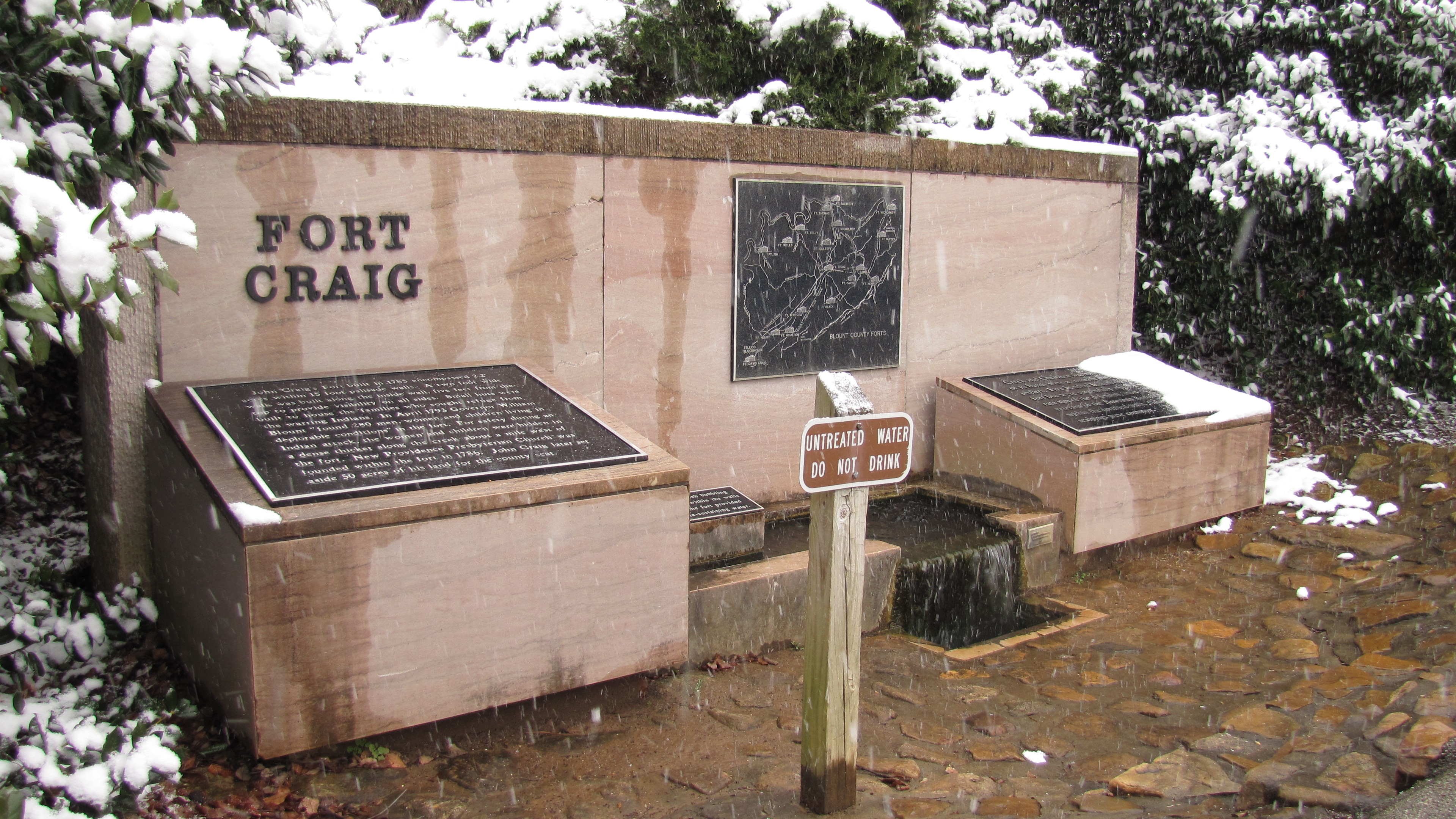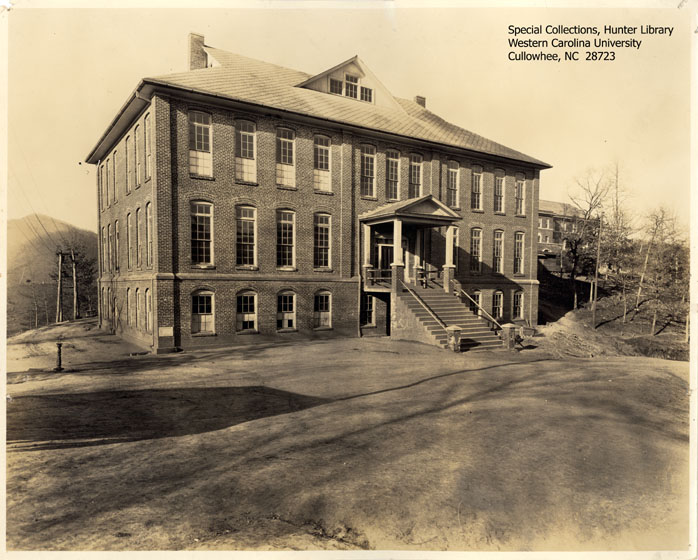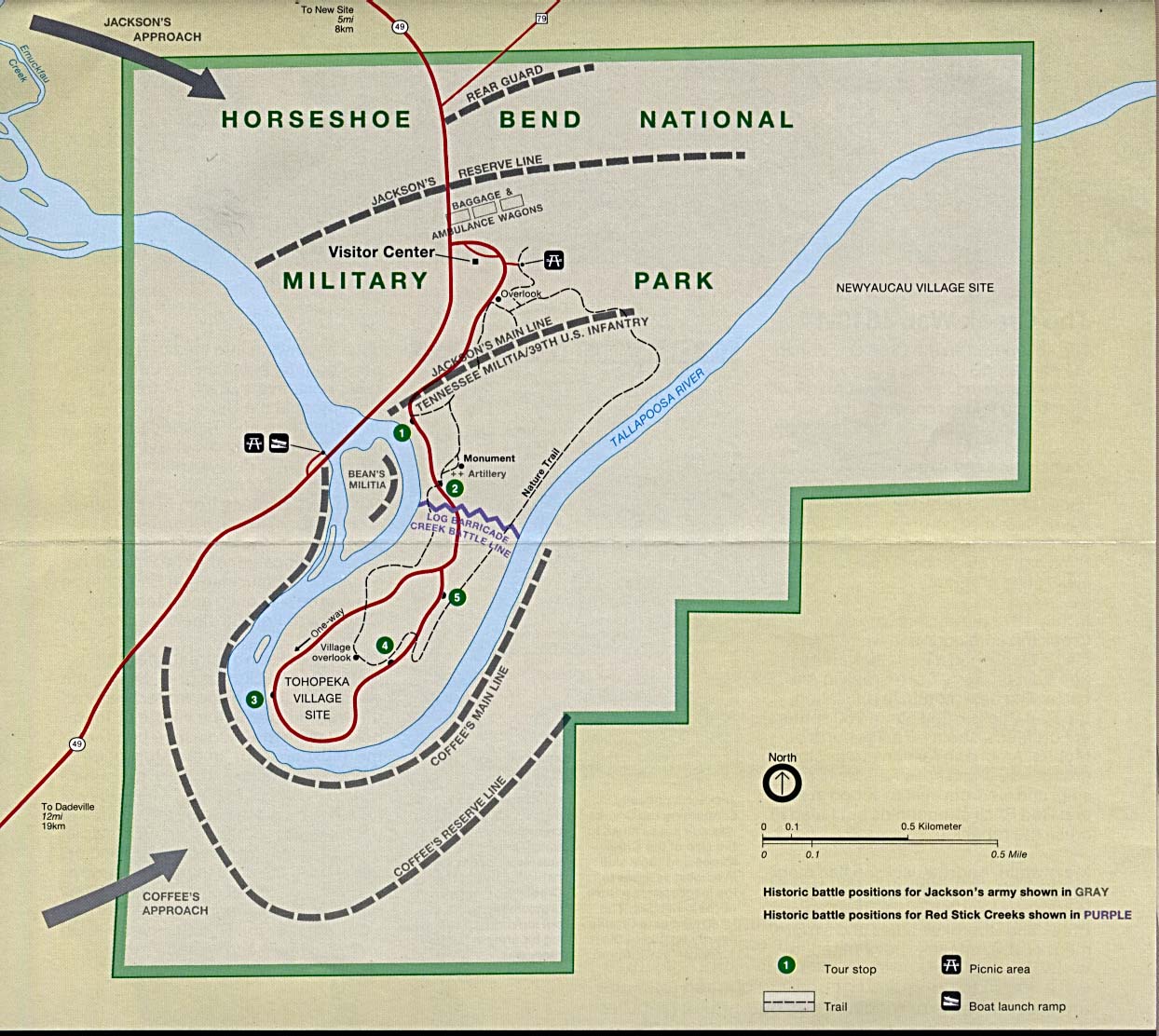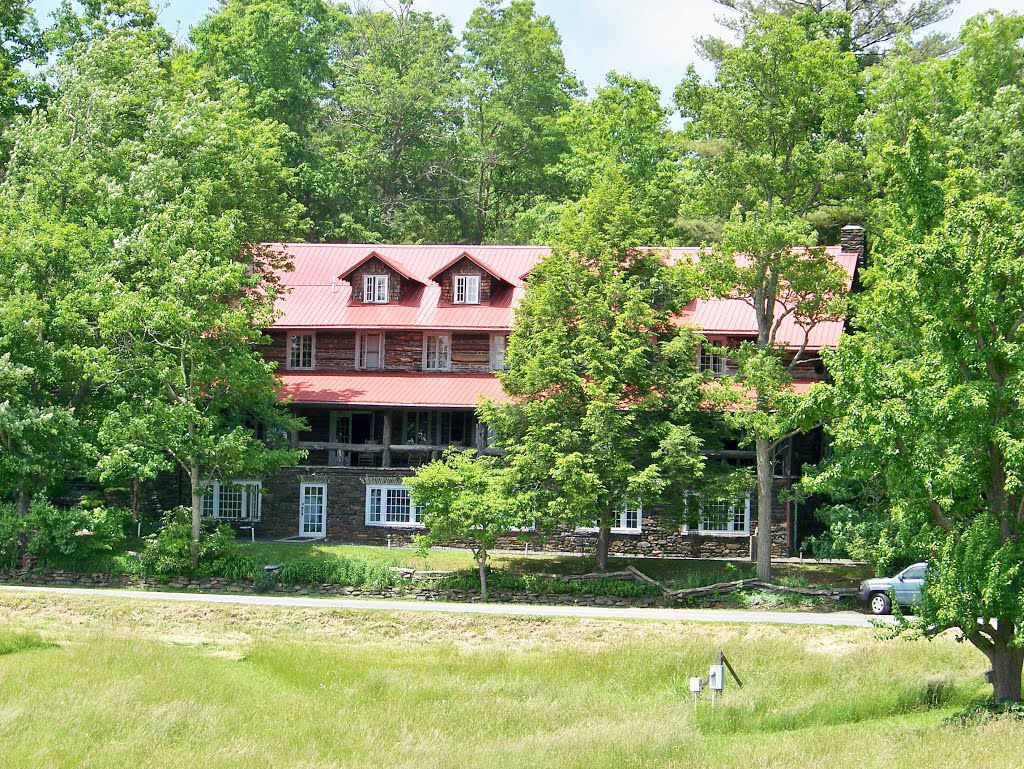|
Frank Brannon
Frank Brannon (born 1965) is a book and paper artist, and the proprietor of Speakeasy Press. Background John F. Brannon, Jr. (Frank), a native of Tennessee, was born in Maryville, Tennessee in 1965. He is a graduate of the M.F.A. in the Book Arts Program at the University of Alabama. Brannon previously studied Atmospheric Sciences (incomplete doctoral studies, State University of New York at Stony Brook, 1991–1994) and Physics (M.S., 1991 and B.S., Phi Beta Kappa, 1987) at the University of Tennessee. Brannon has been a member of the Southern Highland Craft Guild since 2013. The limited edition, letterpress books that Brannon produces are held in several special collections libraries in the United States and England, as well as with private collectors. His 2005 letterpress monograph focuses upon research into the Cherokee Phoenix newspaper of northern Georgia, 1828–1834. Brannon continues research on the origins of this historical newspaper as well as an exploration of the ch ... [...More Info...] [...Related Items...] OR: [Wikipedia] [Google] [Baidu] |
Maryville, Tennessee
Maryville is a city in and the county seat of Blount County, Tennessee, and is a suburb of Knoxville. Its population was 31,907 at the 2020 census. It is included in the Knoxville Metropolitan Area and a short distance from popular tourist destinations such as the Great Smoky Mountains National Park, Dollywood, Gatlinburg, and Pigeon Forge. History When the first European explorers arrived in the area, they found the Great Indian Warpath, which ran along the route where the modern US-411 has been built. The trail was long used by the indigenous peoples of the area. A historic Cherokee village known as "Elajay" was situated at the confluence of Ellejoy Creek (named after the village) and the Little River. Its site was near the modern Heritage High School. Ensign Henry Timberlake passed through the village in 1762 while returning from his expedition to the Overhill villages to the west. He reported that it had been abandoned. In 1785, Revolutionary War veteran John Cr ... [...More Info...] [...Related Items...] OR: [Wikipedia] [Google] [Baidu] |
Western Carolina University
Western Carolina University (WCU) is a public university in Cullowhee, North Carolina. It is part of the University of North Carolina system. The fifth oldest institution of the sixteen four-year universities in the UNC system, WCU was founded to educate the people of the western North Carolina mountains. WCU provides an education to students from 48 states and 35 countries. Enrollment for the Fall 2020 semester was 12,243 students. History In 1888, the residents of Cullowhee desired a better school for the community than was offered in public schools of that day, organized a board of trustees and established a community school that came to be known as Cullowhee Academy. Founded in August 1889 as a semi-public secondary school and chartered as Cullowhee High School in 1891 (also called Cullowhee Academy), it served the Cullowhee community and boarding students from neighboring counties and other states. The founder, Robert Lee Madison, wanted to provide an education for the y ... [...More Info...] [...Related Items...] OR: [Wikipedia] [Google] [Baidu] |
Living People
Related categories * :Year of birth missing (living people) / :Year of birth unknown * :Date of birth missing (living people) / :Date of birth unknown * :Place of birth missing (living people) / :Place of birth unknown * :Year of death missing / :Year of death unknown * :Date of death missing / :Date of death unknown * :Place of death missing / :Place of death unknown * :Missing middle or first names See also * :Dead people * :Template:L, which generates this category or death years, and birth year and sort keys. : {{DEFAULTSORT:Living people 21st-century people People by status ... [...More Info...] [...Related Items...] OR: [Wikipedia] [Google] [Baidu] |
1965 Births
Events January–February * January 14 – The Prime Minister of Northern Ireland and the Taoiseach of the Republic of Ireland meet for the first time in 43 years. * January 20 ** Lyndon B. Johnson is Second inauguration of Lyndon B. Johnson, sworn in for a full term as President of the United States. ** Indonesian President Sukarno announces the withdrawal of the Indonesian government from the United Nations. * January 30 – The Death and state funeral of Winston Churchill, state funeral of Sir Winston Churchill takes place in London with the largest assembly of dignitaries in the world until the 2005 funeral of Pope John Paul II. * February 4 – Trofim Lysenko is removed from his post as director of the Institute of Genetics at the Russian Academy of Sciences, Academy of Sciences in the Soviet Union. Lysenkoism, Lysenkoist theories are now treated as pseudoscience. * February 12 ** The African and Malagasy Republic, Malagasy Common Organization ('; OCA ... [...More Info...] [...Related Items...] OR: [Wikipedia] [Google] [Baidu] |
University Of Alabama Alumni
A university () is an institution of higher (or tertiary) education and research which awards academic degrees in several academic disciplines. ''University'' is derived from the Latin phrase ''universitas magistrorum et scholarium'', which roughly means "community of teachers and scholars". Universities typically offer both undergraduate and postgraduate programs. The first universities in Europe were established by Catholic Church monks. The University of Bologna (), Italy, which was founded in 1088, is the first university in the sense of: *being a high degree-awarding institute. *using the word ''universitas'' (which was coined at its foundation). *having independence from the ecclesiastic schools and issuing secular as well as non-secular degrees (with teaching conducted by both clergy and non-clergy): grammar, rhetoric, logic, theology, canon law, notarial law.Hunt Janin: "The university in medieval life, 1179–1499", McFarland, 2008, , p. 55f.de Ridder-Symoens, H ... [...More Info...] [...Related Items...] OR: [Wikipedia] [Google] [Baidu] |
Trail Of Tears
The Trail of Tears was an ethnic cleansing and forced displacement of approximately 60,000 people of the "Five Civilized Tribes" between 1830 and 1850 by the United States government. As part of the Indian removal, members of the Cherokee, Muscogee (Creek), Seminole, Chickasaw, and Choctaw nations were forcibly removed from their ancestral homelands in the Southeastern United States to newly designated Indian Territory west of the Mississippi River after the passage of the Indian Removal Act in 1830. The Cherokee removal in 1838 (the last forced removal east of the Mississippi) was brought on by the discovery of gold near Dahlonega, Georgia, in 1828, resulting in the Georgia Gold Rush. The relocated peoples suffered from exposure, disease, and starvation while en route to their newly designated Indian reserve. Thousands died from disease before reaching their destinations or shortly after. Some historians have said that the event constituted a genocide, although this lab ... [...More Info...] [...Related Items...] OR: [Wikipedia] [Google] [Baidu] |
Cherokee Phoenix
The ''Cherokee Phoenix'' ( chr, ᏣᎳᎩ ᏧᎴᎯᏌᏅᎯ, translit=Tsalagi Tsulehisanvhi) is the first newspaper published by Native Americans in the United States and the first published in a Native American language. The first issue was published in English and Cherokee on February 21, 1828, in New Echota, capital of the Cherokee Nation (present-day Georgia). The paper continued until 1834. The ''Cherokee Phoenix'' was revived in the 20th century, and today it publishes both print and Internet versions. 19th century In the mid-1820s the Cherokee tribe was being pressured by the government, and by Georgia in particular, to remove to new lands west of the Mississippi River, or to end their tribal government and surrender control of their traditional territory to the United States (US) government. The General Council of the Cherokee Nation established a newspaper, in collaboration with Samuel Worcester, a missionary, who cast the type for the Cherokee syllabary. The Counci ... [...More Info...] [...Related Items...] OR: [Wikipedia] [Google] [Baidu] |
Sequoyah
Sequoyah (Cherokee: ᏍᏏᏉᏯ, ''Ssiquoya'', or ᏎᏉᏯ, ''Se-quo-ya''; 1770 – August 1843), also known as George Gist or George Guess, was a Native American polymath of the Cherokee Nation. In 1821, he completed his independent creation of the Cherokee syllabary, making reading and writing in Cherokee possible. His achievement was one of the few times in recorded history that an individual who was a member of a pre-literate group created an original, effective writing system. His creation of the syllabary allowed the Cherokee nation to be one of the first North American Indigenous groups to have a written language. Sequoyah was also an important representative for the Cherokee nation, by going to Washington, D.C. to sign two relocations and trading of land treaties. After seeing its worth, the people of the Cherokee Nation rapidly began to use his syllabary and officially adopted it in 1825. It unified a forcibly divided nation with new ways of communication and a se ... [...More Info...] [...Related Items...] OR: [Wikipedia] [Google] [Baidu] |
Cherokee Language
200px, Number of speakers Cherokee or Tsalagi ( chr, ᏣᎳᎩ ᎦᏬᏂᎯᏍᏗ, ) is an endangered-to- moribund Iroquoian language and the native language of the Cherokee people. '' Ethnologue'' states that there were 1,520 Cherokee speakers out of 376,000 Cherokee in 2018, while a tally by the three Cherokee tribes in 2019 recorded ~2,100 speakers. The number of speakers is in decline. About eight fluent speakers die each month, and only a handful of people under the age of 40 are fluent. The dialect of Cherokee in Oklahoma is "definitely endangered", and the one in North Carolina is "severely endangered" according to UNESCO. The Lower dialect, formerly spoken on the South Carolina–Georgia border, has been extinct since about 1900. The dire situation regarding the future of the two remaining dialects prompted the Tri-Council of Cherokee tribes to declare a state of emergency in June 2019, with a call to enhance revitalization efforts. Around 200 speakers of the Easter ... [...More Info...] [...Related Items...] OR: [Wikipedia] [Google] [Baidu] |
John C
John is a common English name and surname: * John (given name) * John (surname) John may also refer to: New Testament Works * Gospel of John, a title often shortened to John * First Epistle of John, often shortened to 1 John * Second Epistle of John, often shortened to 2 John * Third Epistle of John, often shortened to 3 John People * John the Baptist (died c. AD 30), regarded as a prophet and the forerunner of Jesus Christ * John the Apostle (lived c. AD 30), one of the twelve apostles of Jesus * John the Evangelist, assigned author of the Fourth Gospel, once identified with the Apostle * John of Patmos, also known as John the Divine or John the Revelator, the author of the Book of Revelation, once identified with the Apostle * John the Presbyter, a figure either identified with or distinguished from the Apostle, the Evangelist and John of Patmos Other people with the given name Religious figures * John, father of Andrew the Apostle and Saint Peter * ... [...More Info...] [...Related Items...] OR: [Wikipedia] [Google] [Baidu] |
Penland School Of Crafts
The Penland School of Craft ("Penland" and formerly "Penland School of Crafts") is an Arts and Crafts educational center located in the Blue Ridge Mountains in Spruce Pine, North Carolina, about 50 miles from Asheville. History The school was founded in the 1920s in the isolated mountain town of Penland, North Carolina. In 1923, Lucy Morgan (1889–1981), a teacher at the Appalachian School who had recently learned to weave at Berea College, created an association to teach the craft to local women so they could earn income from their homes. The center, called Penland Weavers and Potters, provided instruction, looms, and materials. Local volunteers built a cabin and then a larger hall. In 1929, Penland was officially founded as the Penland School of Handicrafts after Edward F. Worst, a weaving expert and author of the ''Foot Power Loom Weaving,'' visited the school to provide weaving instruction. Worst added classes in basketry and pottery. Bill Brown, who took over in 1962 afte ... [...More Info...] [...Related Items...] OR: [Wikipedia] [Google] [Baidu] |
Southwestern Community College (North Carolina)
Southwestern Community College is a public community college in Sylva, North Carolina. It is a member of the North Carolina Community College System. History The beginnings of Southwestern Community College can be traced back to April 1961 when a need for skilled textile workers brought representatives of the North Carolina state Trade and Industrial Education Department to Jackson County. The county responded, and began setting up training classes in local schools and in other county locations. The NC Board of Education provided needed equipment and logistics, and began hiring instructors, and an advisory panel was set up from local residents to oversee the project. The genesis of the idea for a college in western North Carolina came out of those advisory group meetings, and coincidentally, the NC Board of Education was beginning negotiations with the Legislature to begin designating funds for a system of state technical colleges. By 1963, Jackson County had obtained a site ... [...More Info...] [...Related Items...] OR: [Wikipedia] [Google] [Baidu] |







.jpg)